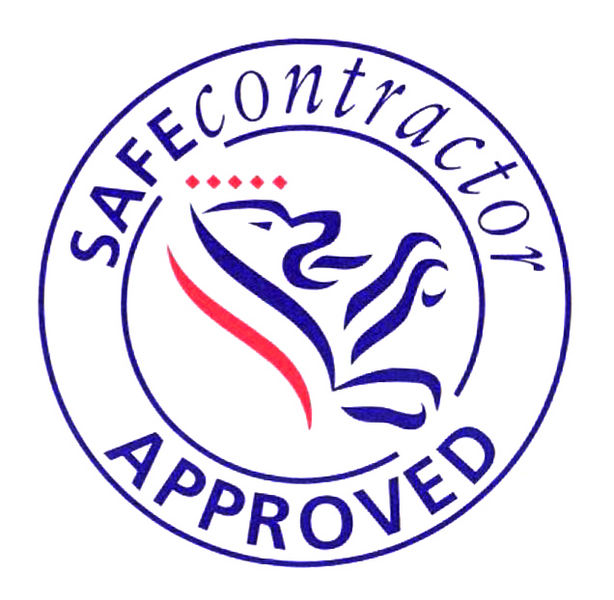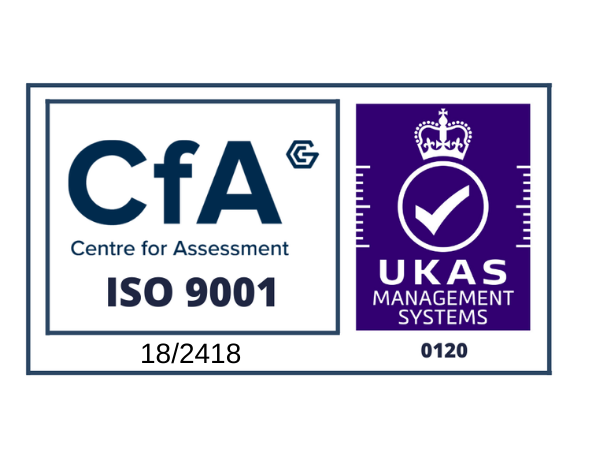Things to Consider When Installing an External Staircase
Exterior staircases must be designed and built so that their expected serviceable life will match the building or structure that they give access to.
They must be easy to maintain and able to withstand prolonged exposure to the elements without significantly deteriorating so that they can serve their purpose economically.
Here at Bradfabs, we take pride in our products to make sure you are getting the best out of your External Staircase. In this blog we look at the possible problems that may occur and what preventative measures can be taken.
What Are the Common Problems?
Stair assemblies that are poorly designed are not able to adequately withstand exposure to rain, snow or de-icing salts.
A suitable drainage mechanism must be in place so that water cannot accumulate within a tread or landing area. Also, joints must be strong enough so that they will not separate due to exposure to the elements.
De-icing salt dissolved in water is particularly corrosive to steel, so the design must provide adequate protection and be designed for the outdoor environment the staircase is to be used in.
What Preventative Measures Can Be Taken?
Steps can be taken to protect the steel from corrosion from exposure to moisture and salts - these include the barrier method and the cathodic method.
The former uses an appropriate paint or other coating to give the steel a protective barrier, and the latter uses a coating of zinc to galvanise the steel.
The disadvantage of the barrier method is the fact that stairs are subject to constant wear and tear from foot traffic, causing chips and scratches in the paint.
Water can then seep through the protective layer and cause damage to the underlying steel. Galvanisation is a better solution, but the coating must be high-quality and free of imperfections.
At Bradfabs we make sure all our bespoke metal products are coated with one of our fabrication finishes. For more information contact us by email at sales@bradfabs.co.uk.
Alternative Designs
There are a number of designs that will not suffer such severe corrosion due to exposure to the elements. The choice of design will depend on the aesthetic appearance that is wanted, local building regulations, below-stair usage and choice of materials.
Alternative designs for a steel stair assembly might include either closed or open risers - a closed riser will need adequate drainage, whereas the open one has treads with either grated or perforated treads.
Aluminium or alternatively synthetic materials might be a consideration and can incorporate slip-resistant surfaces on the treads.
Economic Considerations
When you choose an external staircase assembly for your next project, make sure that the whole-life cost of the design you select is suitable for its particular circumstances, including levels of foot traffic and environmental conditions.
To discuss your new project and to arrange a quote, why not contact Bradfabs today on 01274 400 401 or sales@bradfabs.co.uk and on of our team will be happy to help.







